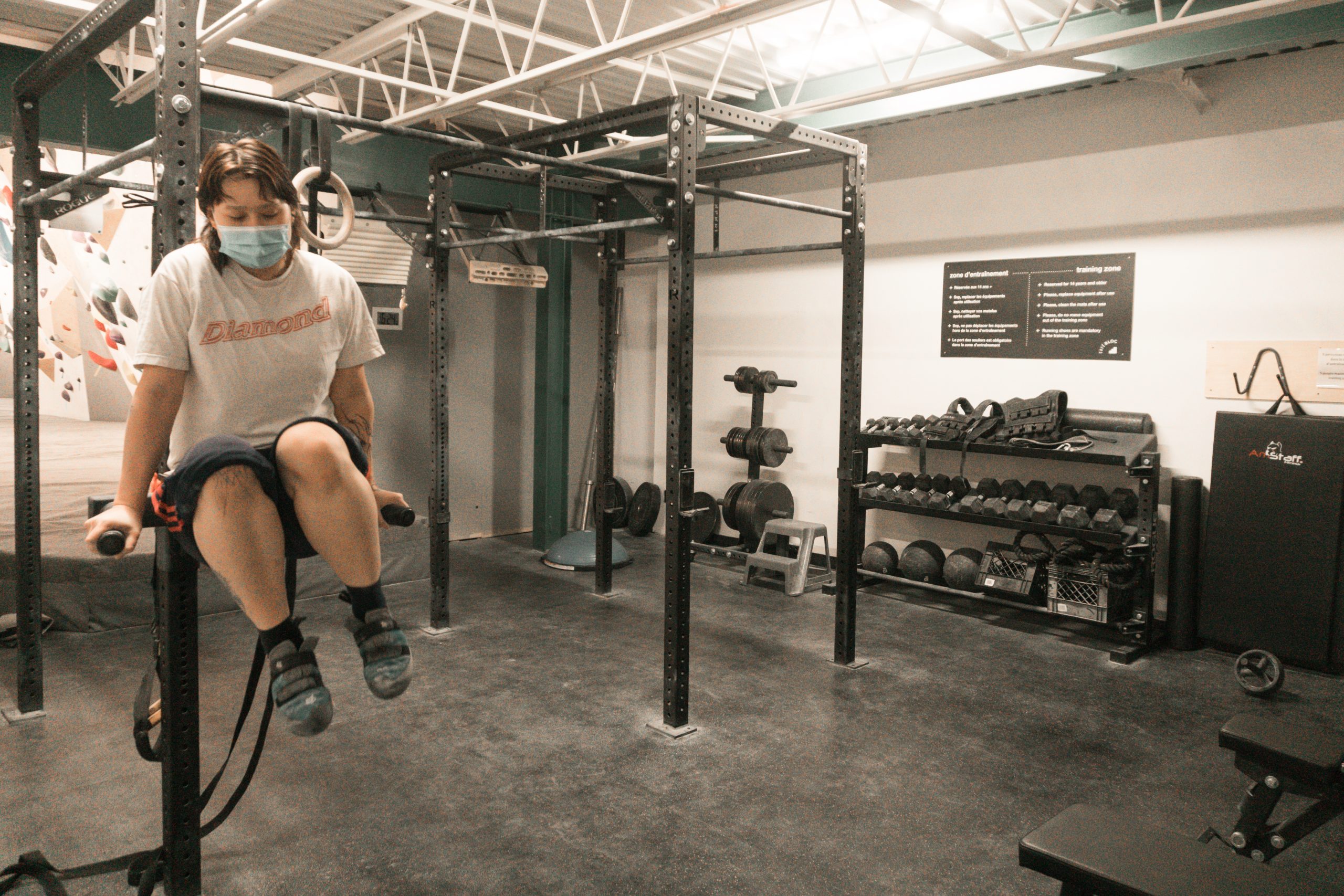We caught up with gym members as Quebec fitness centers close again
On March 26, the perseverance of fitness enthusiasts was finally rewarded when gyms were given the green light to reopen in Quebec red zones. A little over a week later, people were already feeling the physical and mental benefits of training before the province announced gyms would close once more to prevent the spread of COVID-19 variants on April 8.
We spoke to Brossard residents Sufyan Mirza and Dean Wu about their personal experiences at fitness institutions before the latest provincial announcement. They discussed the scene in their respective gyms and how their training experience changed since they last set foot in a gym.
The Concordian (TC): What gym do you train at right now?
Sufyan Mirza (SM): Lately, I’ve been going to Bloc Shop, a bouldering centre in Montreal. I’ve been looking forward to getting back to climbing, but so far I’ve only had the chance to go twice.
Dean Wu (DW): Before gyms closed, I trained at World Gym, which is the newest gym in Brossard. I thought that place would be too busy, so for the last week and a half I’ve been going to my old gym, Buzzfit.
TC: How busy has it been? Is it more or less than you imagined?
SM: In terms of climbing, I don’t feel like much has changed. Bloc Shop has a reservation system where they always control the number of people in there. It feels like everyone is glad that the gym is finally open, and since we want to keep it that way, people have been following the rules with little to no complaints.
DW: It’s been pretty busy, but I honestly expected it to be worse. I think it depends on the gym, so I can only speak for Buzzfit. Before the pandemic, most people moved to World Gym, so the previously popular gyms were way less occupied.
TC: Had health protocols in gyms changed in any way?
SM: Not much has changed because the previous system worked. Everybody comes in with their masks and sanitizes their hands regularly between sets. People try to keep distanced from each other, but sometimes that gets tricky when it’s really crowded.
DW: In general, protocols are similar to before but they’re stricter. They emphasize checking temperature and scanning cards now more than before. Also, masks are always required even when you are working out, which I’m not sure I agree with. From personal experience, I feel like I’m suffocating with the mask when I’m doing a heavy squat or anything that requires all my strength.
TC: How important has it been for you to have gyms back open?
SM: Climbing has been my way of escaping from the buildup of stress from COVID-19, quarantine, schoolwork, and family drama. Obviously, I want to get back in shape and regrow my finger strength that I lost from the time off, but more than anything I just appreciate being there now more than I did before. I know there are still health risks involved, but I still plan on going regularly because it’s been essential for my mental sanity.
DW: I’m enjoying it a lot. I missed it more than I realized, and it makes me feel more energetic, and time passes faster. Before the pandemic, I used to pretty much just work and workout. Now, at least half of it is back.
Photo by Kit Mergaert
